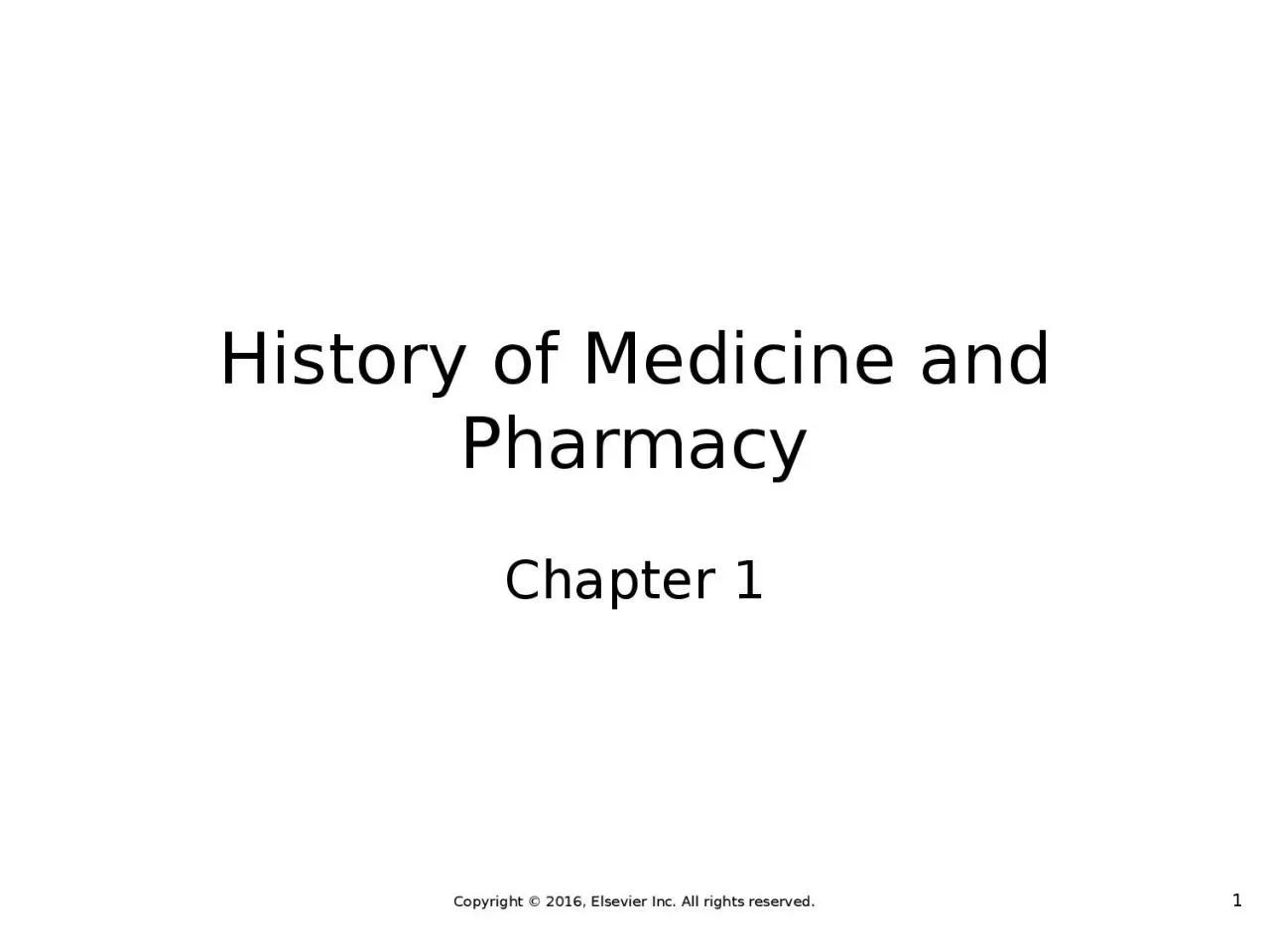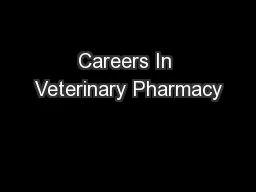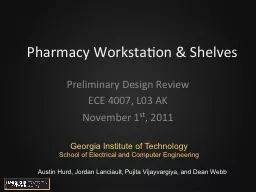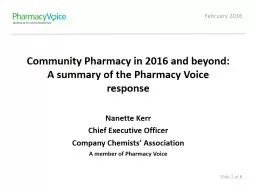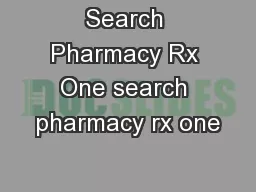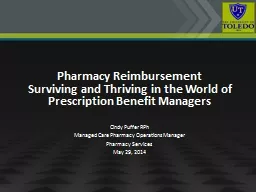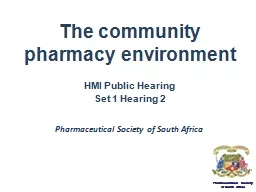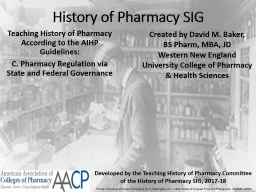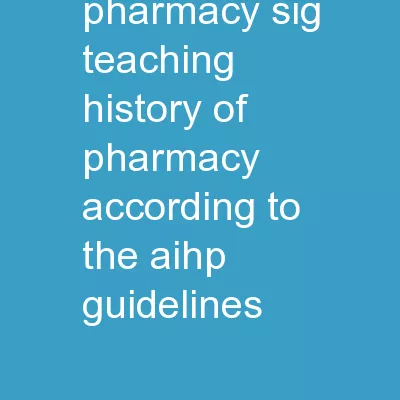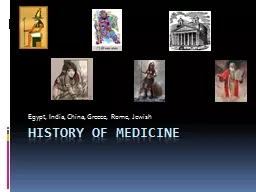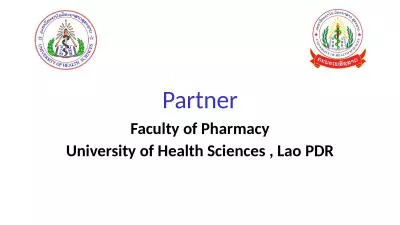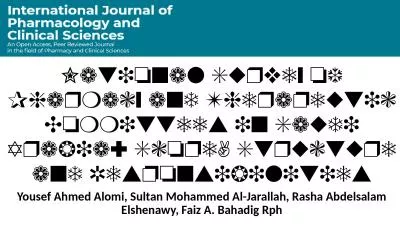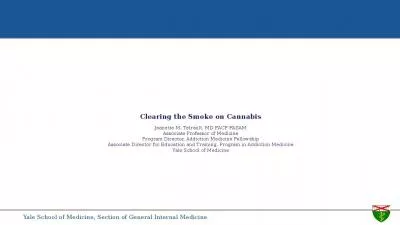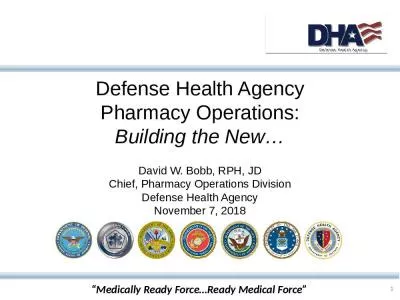PPT-History of Medicine and Pharmacy
Author : Thrillseeker | Published Date : 2022-08-01
Chapter 1 1 Ancient and NineteenthCentury Medicine Discuss ancient beliefs of illness and medicine from 440 BC through AD 1600 List common ancient treatments that
Presentation Embed Code
Download Presentation
Download Presentation The PPT/PDF document "History of Medicine and Pharmacy" is the property of its rightful owner. Permission is granted to download and print the materials on this website for personal, non-commercial use only, and to display it on your personal computer provided you do not modify the materials and that you retain all copyright notices contained in the materials. By downloading content from our website, you accept the terms of this agreement.
History of Medicine and Pharmacy: Transcript
Download Rules Of Document
"History of Medicine and Pharmacy"The content belongs to its owner. You may download and print it for personal use, without modification, and keep all copyright notices. By downloading, you agree to these terms.
Related Documents

